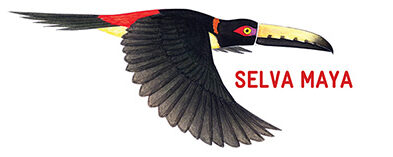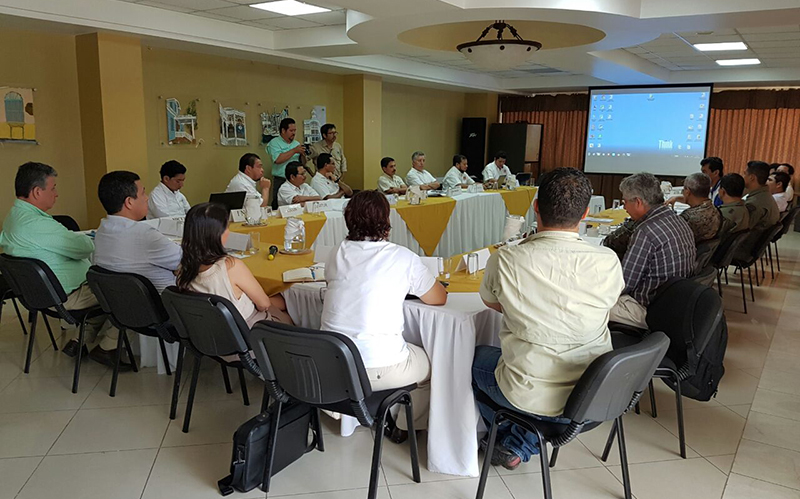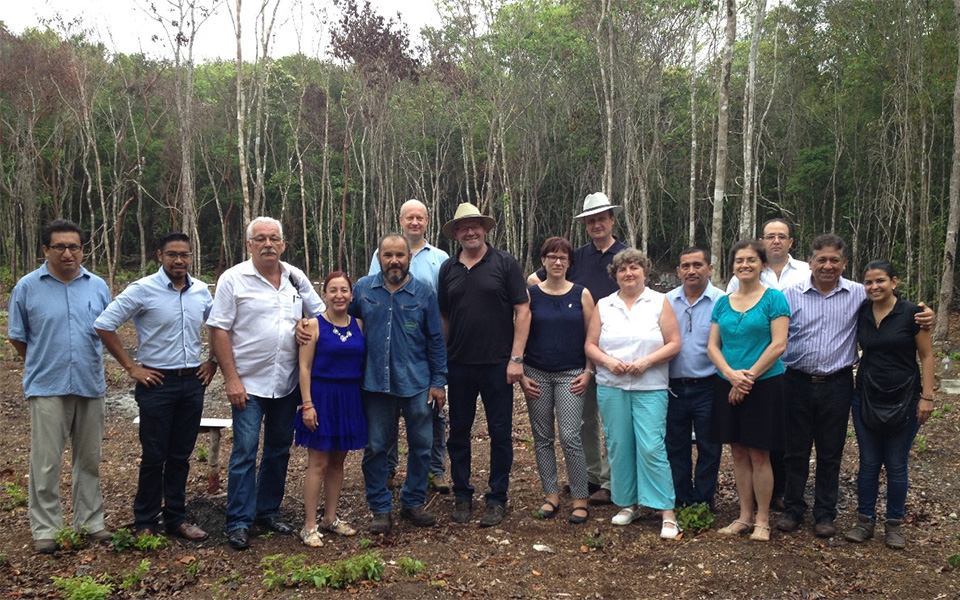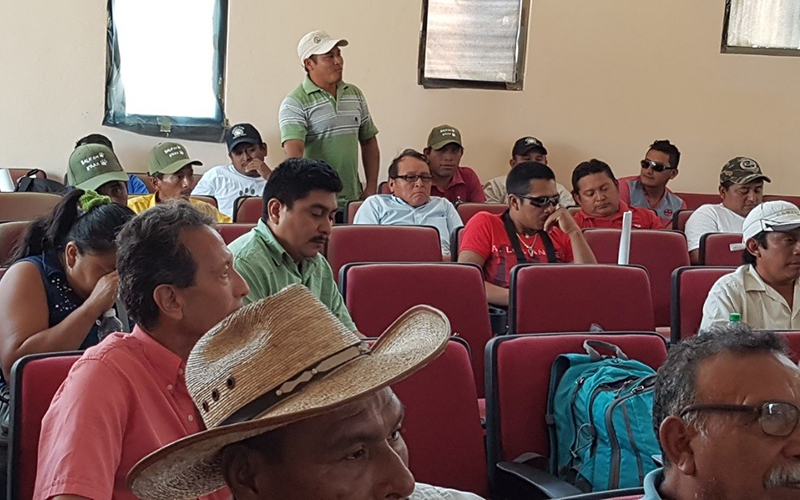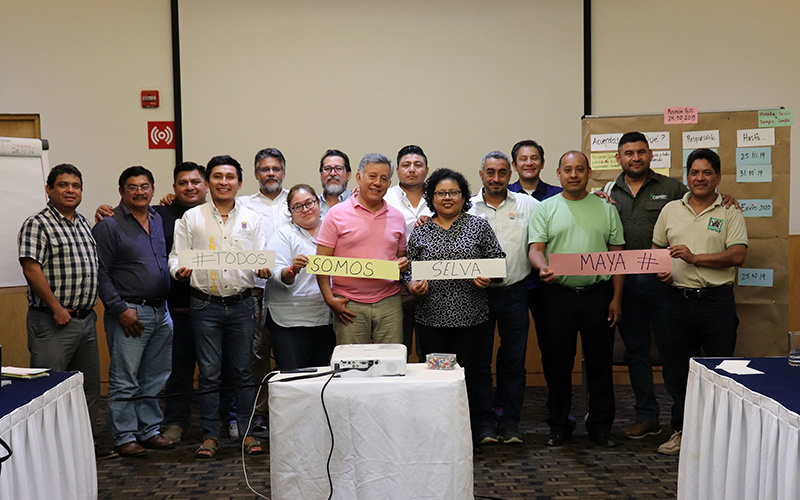The Selva Maya is the habitat of the sub specie of scarlet macaw Ara macao cyanoptera, which is highly threatened. Illegal traffic to the pet market and loss of habitat, mostly caused by intentional forest fires, livestock and the expansion of human settlements, have reduced its population to less than 1,000 individuals distributed throughout Belize, Guatemala, Honduras, Nicaragua and the southeast of Mexico.
In the Selva Maya region (Guatemala, Mexico and Belize), organizations have worked for several years in the recovery of populations of scarlet macaw. In Guatemala Wildlife Conservation Society, in Mexico Natura Mexicana and in Belize Friends for Conservation and Development, have joined efforts for technical collaboration and exchange of experiences, in addition to forming the Alliance for the conservation of the scarlet macaw in the Selva Maya. It has been logged that macaws that breed in the forests of northern Guatemala travel to the southeast forests in Mexico at the end of the nesting season; this shows that one of the great challenges for the effective conservation of the scarlet macaws in the Selva Maya is to have information on the habitat use and the survival of chicks in this region.
Through the placement of satellite transmitters to individuals of scarlet macaw, knowledge of the areas they use at the end of the nesting season can be expanded, identifying important sites for feeding and therefore priorities to be protected in both countries. The Selva Maya Programme from The German Cooperation (GIZ) supports the efforts of the Alliance to better understand the movement of individuals of the scarlet macaw between Guatemala and Mexico, in order to promote management and habitat conservation measures that contribute to their permanence in the Selva Maya.
